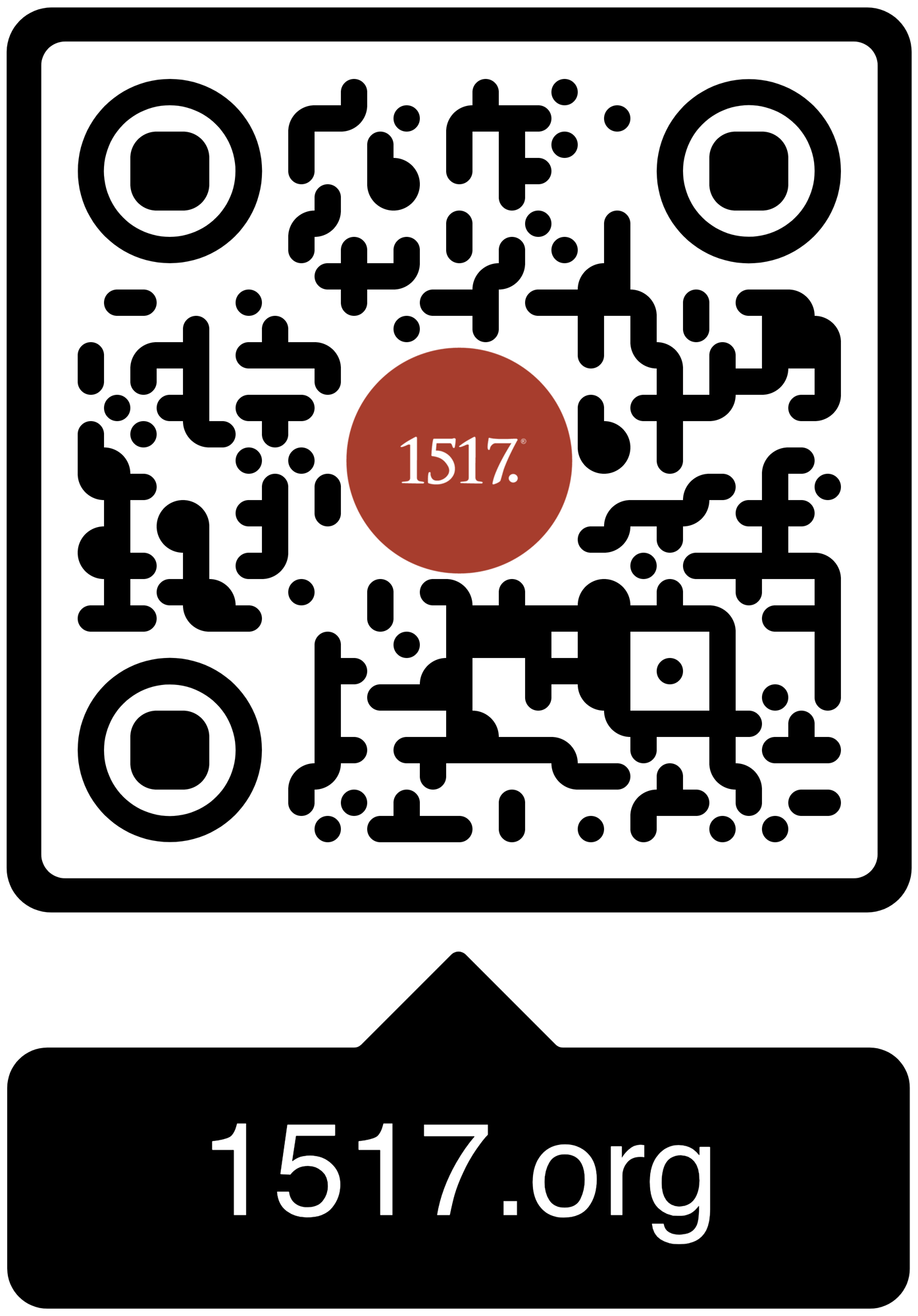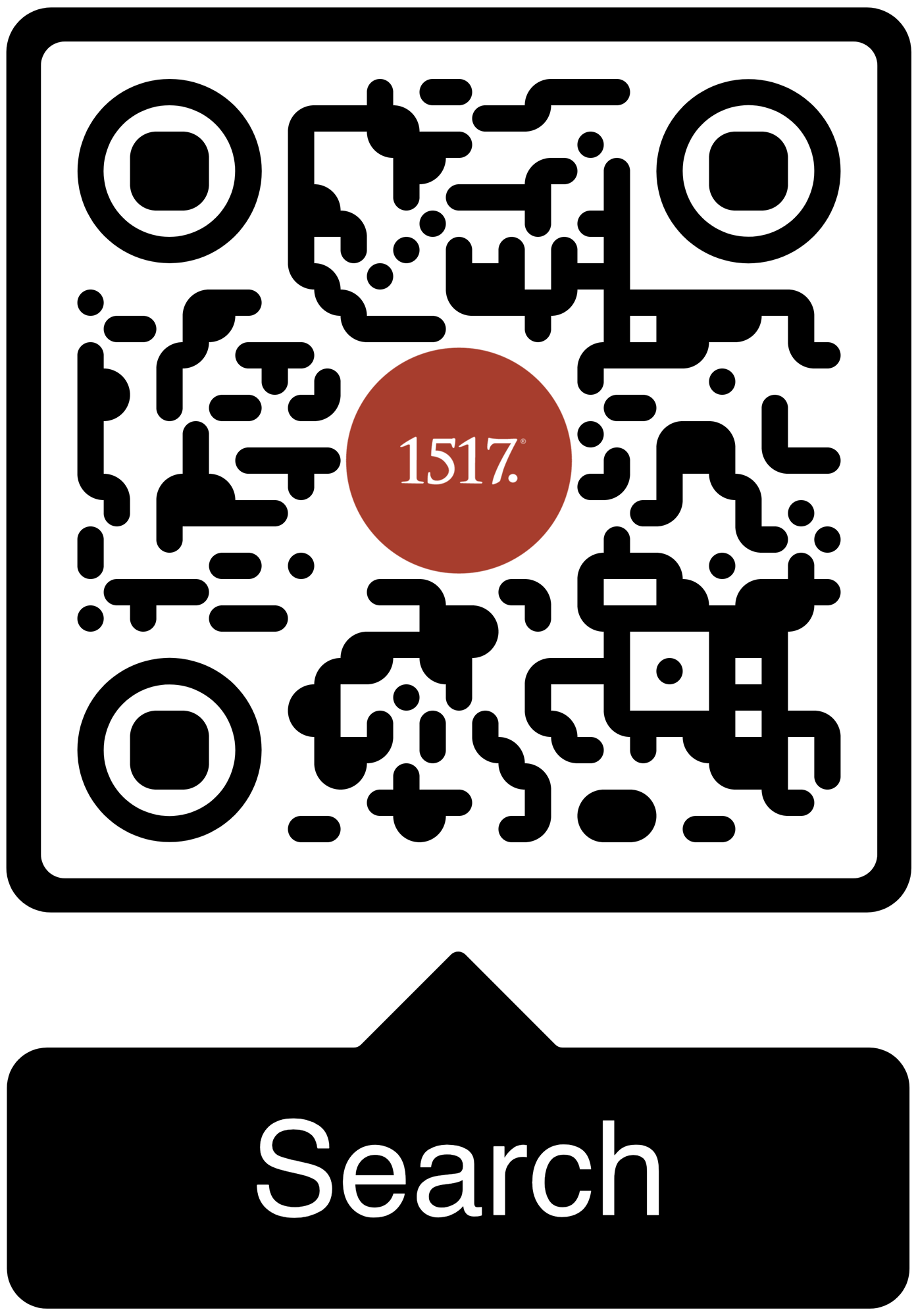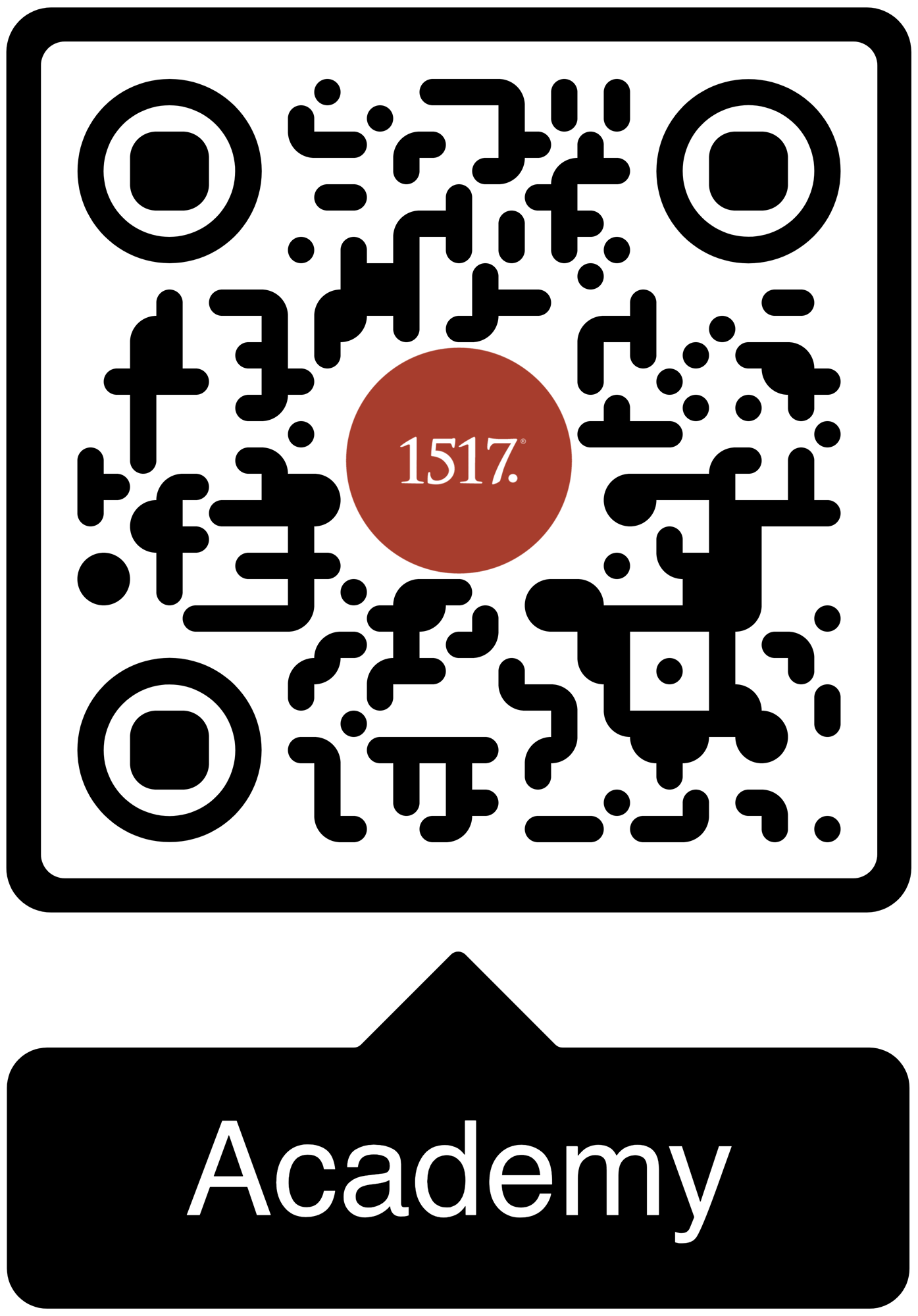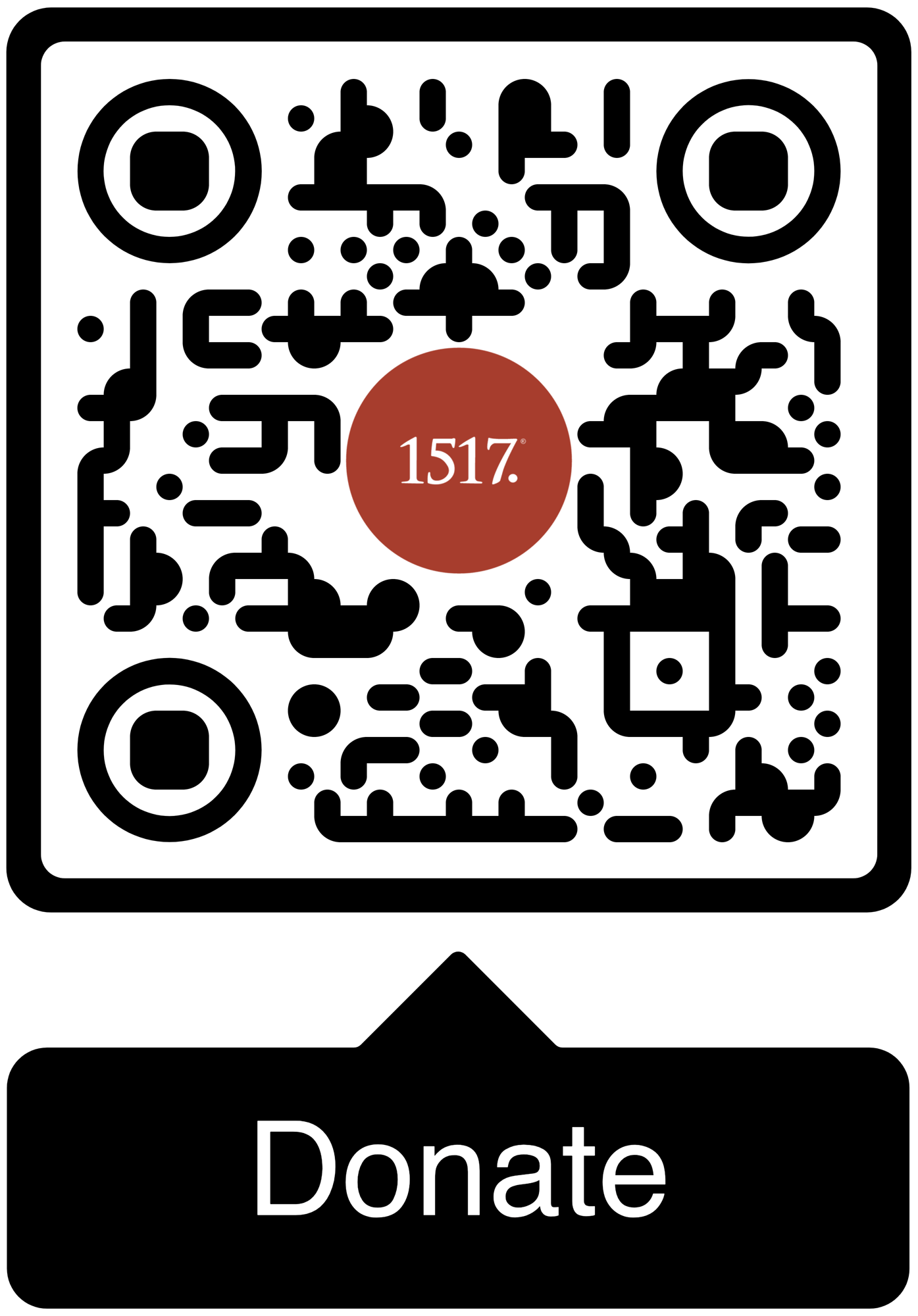If He died and stayed dead, we would only have a dead savior, but the resurrection is the promise of creation restored.
The Old Testament pericope for this weekend is well known and well worn in the minds of our hearers. Whether encountered through books, Sunday school lessons, or portrayed in art and television, the story of Moses and the burning bush is one that listeners are likely to remember easily. That, in and of itself, presents a challenge for us as preachers. How do you re-orient them to the good news of this text?
I suppose one way is to take them into the world and lives of Moses’ original audience. The enslaved Hebrews lived in a cultural reality of “other” gods. These so-called gods had physical temples, physical forms as idols, and physical priests. There was a lot of physicality to the Egyptian gods. To the Hebrews, this likely made these gods feel very real and alive. They lived with a constant reminder that the Egyptian gods were alive and dominant.
However, the one God of Abraham may have come across as ethereal or only spiritual. With a different kind of physicality attached to their religion they might have only hoped for a later reality of the Divine in the afterlife. Worse, some slaves may have even lost hope in God because He seemingly would not show up to deliver them. This hope deferred may be part of Moses’ question and comment to the Lord on the need for a physical sign such as His name to assuage them that their God is real (3:13). God gives His name and declares He is the God of Abraham, Issac, and Jacob (3:15). He is the God of the living and not the dead. They can trust His Word, but Moses can also attest to the reality of their living and present God through the physicality of the burning bush. Here is a physical sign that burns and yet is not consumed. It is a living fire present without annihilation, a theophany of a living and eternal God. The hope of the Hebrews was real, present, alive, and the physicality of this moment gives them assurance that God is who He says He is: The great I AM.
The hope of the Hebrews was real, present, alive, and the physicality of this moment gives them assurance that God is who He says He is: The great I AM.
This makes for an interesting connection to the appointed Gospel lesson for this Sunday. The Sadduccess in Luke 20:27-40 have lost hope in the physicality of their religion as well. After being fully Hellenized, these inheritors of the Law of Moses have been captive to a Greek worldview too long and they do not believe in the physical resurrection anymore. The whole point of their version of Judaism is to escape (the platonic view of the forms) this physical world for a higher spiritual plane, a belief that is, ironically, quite common in American religion today. Many people believe the goal of religion is to flee this world and be rewarded with a spiritual existence free from all the mortal pain and strife. So, when the Sadduccess put Jesus to the test with their question about the woman and her several husbands and the veracity of Levirate marriage customs (Luke 20:28; Deuteronomy 25:5-6), their aim and goal is to point at the ridiculousness of the belief in a physical resurrection. What they could not appreciate is how they were standing in the living presence of The Great I AM. Here, in Jesus, was the nearer presence of God, the Word made physically flesh, and they could not grasp the enormity of the situation. Now, to be fair, Moses tested God at the burning bush, but it appears the Sadducees have a little more incredulousness when it comes to Jesus. The Sadduccess had bought the notion that life in a physical body was evil, which is why death was the best escape. So, resurrection of the body would be evil and silly.
However, God is the God of the living and not the dead. Jesus’ teaching (Luke 20:37-38) is that Abraham, Isaac, and Jacob are not disembodied spirits because the physicality of the body is the very thing God called “very good” in creation. Jesus’ own physical death would be a complete tragedy if it were not followed by His glorious resurrection (1 Corinthains 15). If He died and stayed dead, we would only have a dead savior, but the resurrection is the promise of creation restored. This promise is the hope of all Israel and all humanity. Entering a physical promised land was the literal hope of the Hebrews back in Moses’ day. It was not just a spiritual hope; it was a physical one as well. The hope of the physical resurrection of Jesus makes our hope in Christ a reality for our resurrection from the dead as well. Jesus’ death will restore the day when we “cannot die anymore” because He has made us children “of the resurrection” (Luke 20:36). The hope we have is a living one “for all live in Him” (Luke 20:38).
There is a straightforward problem and solution in our text, so the Problem Solution Structure may serve best for developing this sermon.
“This structure examines a topic through creating or identifying a need and then providing a resolution to that need. The preacher engagingly presents a need or a conflict for the hearers that is related to the topic of the sermon and then offers a resolution of that need or conflict which is realistic and effective for the hearers. Often, this method uses an inductive presentation to explore the problem and a deductive presentation to experience the resolution. The common mistake of preachers is to be long on the problem and short on the solution.”[1]
------
Additional Resources:
Craft of Preaching-Check out out 1517’s resources on Exodus 3:1-15.
Concordia Theology-Various helps from Concordia Seminary in St. Louis, MO to assist you in preaching Exodus 3:1-15.
Lectionary Kick-Start-Check out this fantastic podcast from Craft of Preaching authors Peter Nafzger and David Schmitt as they dig into the texts for this Sunday!
The Pastor’s Workshop-Check out all the great preaching resources from our friends at the Pastor’s Workshop!
-----
[1] https://concordiatheology.org/sermon-structs/thematic/problemsolution/





